Experiencing the rustic side of Batam with the Orang Laut

Less than an hour away by ferry, the Indonesian island of Batam has been a popular destination for tourists from Singapore for many years.
Part of the Riau Islands, Batam is the third-busiest port of entry in Indonesia, falling only behind Bali and the capital Jakarta.
Considered a “sister” city to the the little red dot, the island of over a million inhabitants is famed for its food and spa facilities.
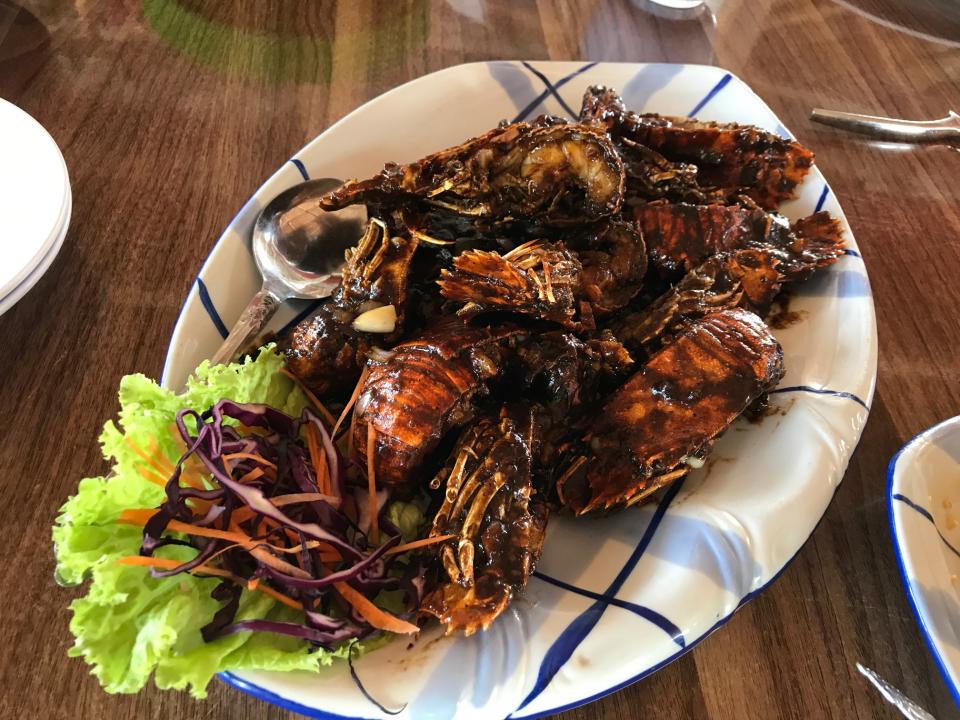
There are also golf courses (such as the Radisson Golf & Convention Center) and fishing ponds for avid golfers and anglers looking for alternatives to space-tight Singapore.
With regular ferry rides to Batam from Harbourfront and Tanah Merah, both operated by Singapore Cruise Centre, close to 60 per cent of the island’s tourism comes from Singapore.
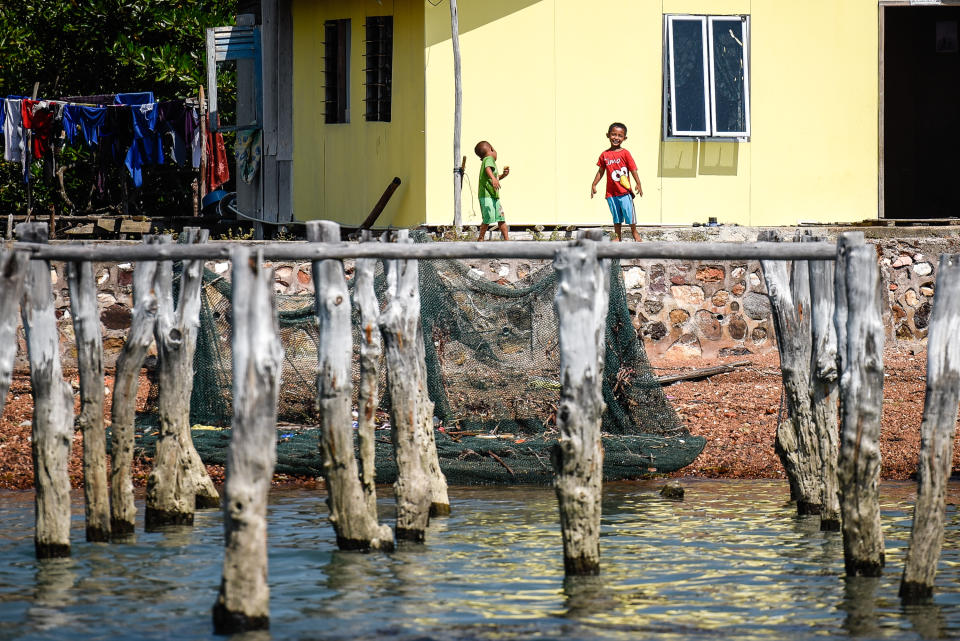
The majority of the population of Batam is not native to the island – an estimated two-thirds of them are migrants from other parts of Indonesia and the rest of the world, seeking a place to be close to Singapore without the associated higher cost of living.
However, one group of the island’s inhabitants have been around even longer than Singapore’s historical past.
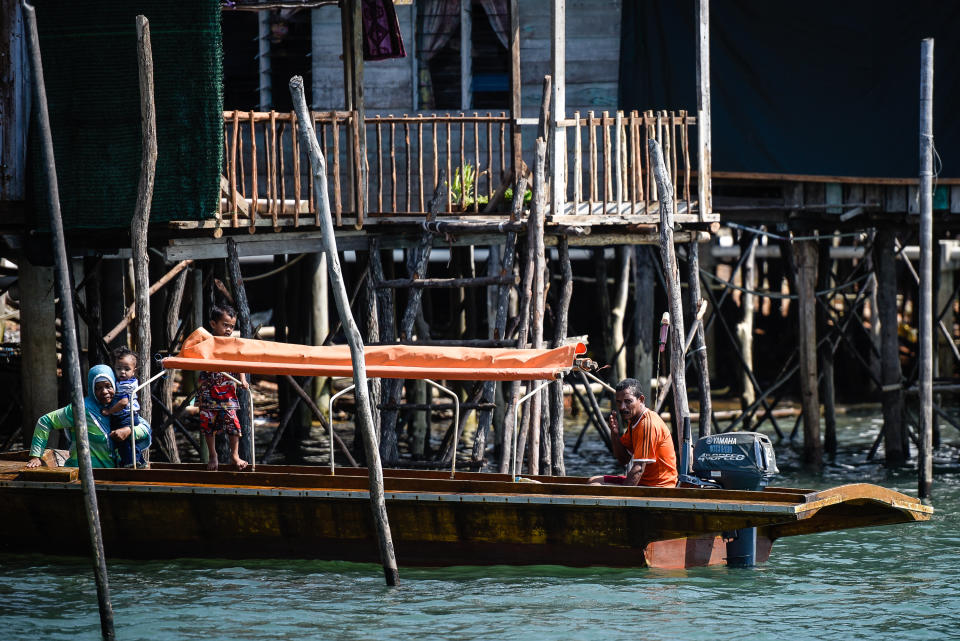
Those familiar with history will recall that the Orang Laut, also known as the Sea Nomads, were the original inhabitants of the islands around the regions.
Their villages still populate the costal areas of Batam, though not in the same numbers as before.
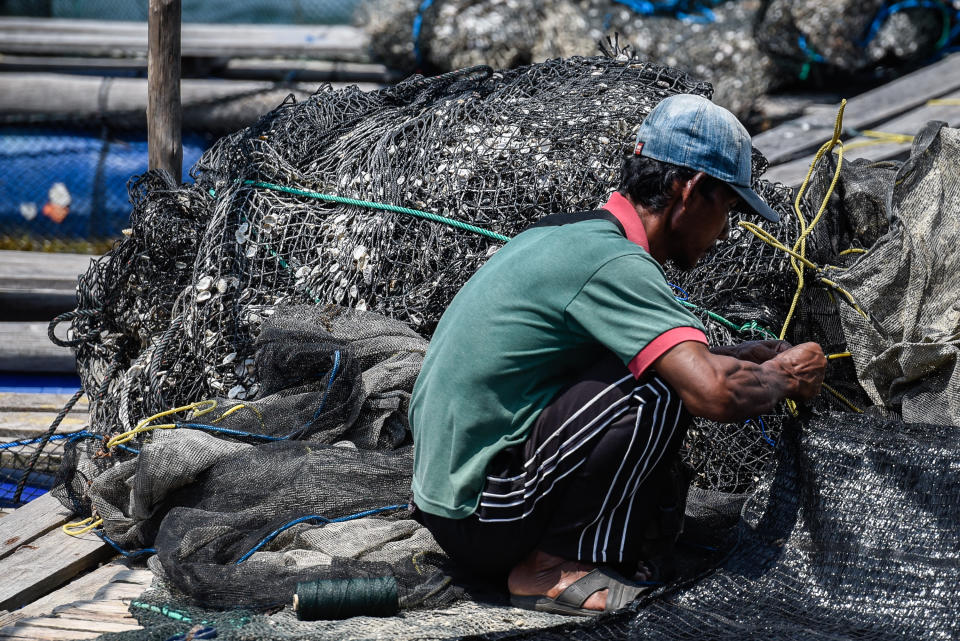
A link to the past
Once a powerful force in the region with ties to the rulers of historical Malaya, the Sea Nomads are a people dependent on the ocean, and it shows in most aspects of their lives.
With houses built on stilts over the water, Orang Laut villages offer a rustic charm that is becoming an increasingly rare sight.

In fact, most boats are unable to get close to these villages for fear of accidentally hitting the inhabitants’ stilts or nets. For the adventurous who want to see the Sea Nomads up close, a motorised sampan (traditional rowboat) is your only option.
The Orang Laut depend heavily on fishing for their livelihood, with most going out to sea during the day and only returning later closer to the evening.
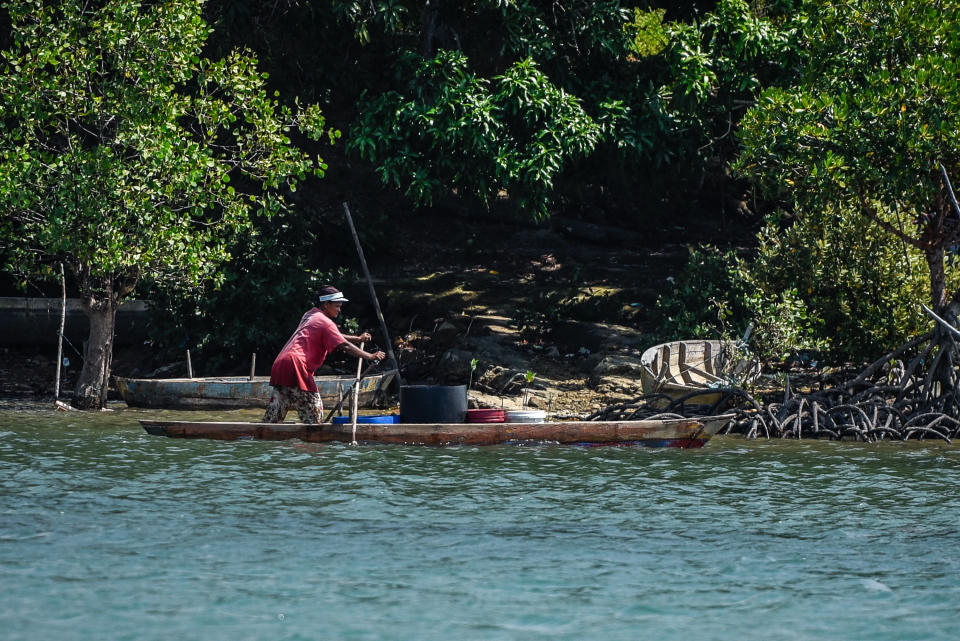
Without the trappings of modern commercial fishing, there are days when their catches may be few and far between.
They also have a very deep relationship with the mangroves in the area, which they depend on for wood and medicine.

However, these very mangroves are on the decline in Batam, due to increasing construction for tourism and sand-mining and logging (the wood from mangroves is used to make charcoal).
The change is even more drastic when looked at from a numbers standpoint. From covering 24 per cent of the island in the ’70s, Batam’s mangrove forests have dropped to 4.2 per cent, the Batam Environment Impact Control Agency revealed in 2015.
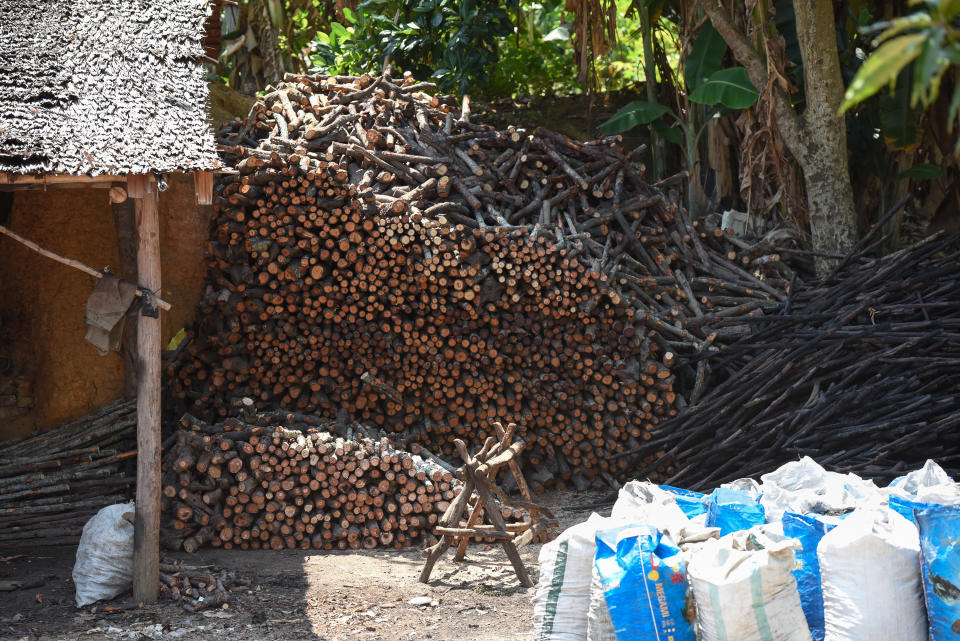
Still, the Orang Laut themselves are finding ways to adapt to the modern world.
In the Orang Laut village of Tiang Wang Kang near the bridge that links Batam to Barelang, the seafood kelong restaurant Kopak Jaya 007 is popular with tourists for its fresh ocean catches.

Modern conveniences may not be as widespread, but the attraction generated by tourists means that their village store has a selection of snacks and drinks similar to what you’d find at a 7-Eleven.
A visit to the Orang Laut villages of Batam is definitely a different experience from what regular visitors expect, but it is a good reminder of the balance people used to seek between sustenance and respecting nature.
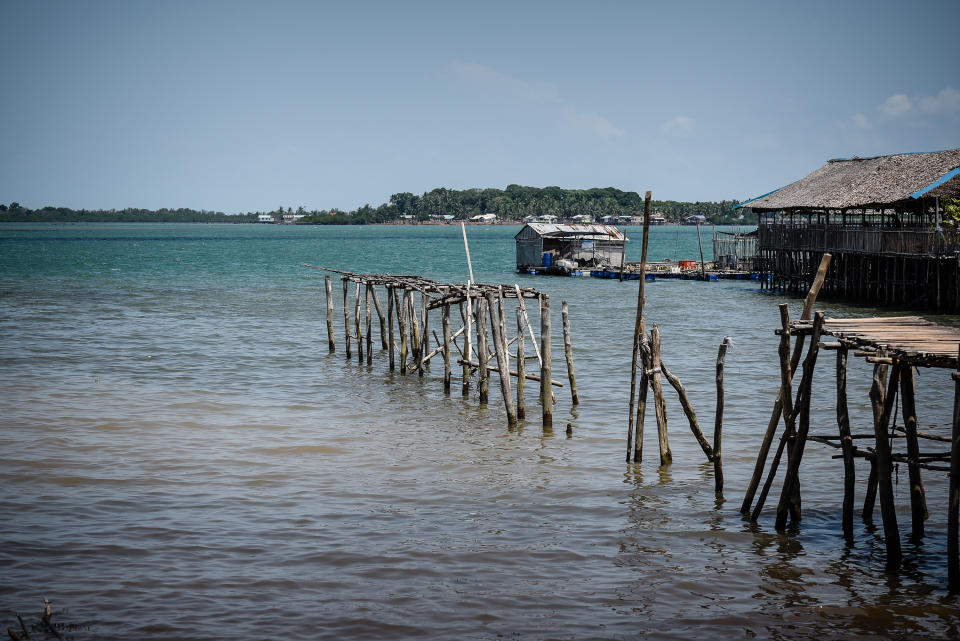
However, with the villages themselves becoming locations for bloggers and Instagrammers looking for their next 1,000 likes, it remains to be seen if the drive for tourism eventually leads to the erosion of the area’s rural allure.
Related articles:
Follow Yahoo Lifestyle Singapore on Facebook.



